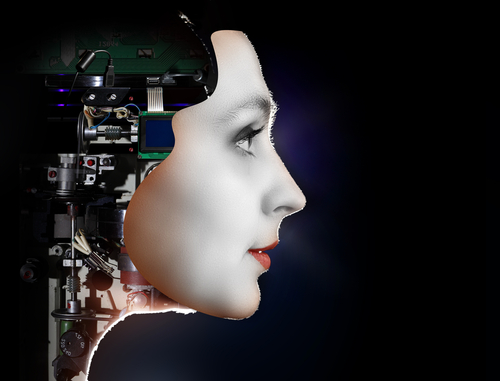Are machines set to take over the traditional job market? Is our constant investment and development of machine learning and smart technology set to push more people out of the workforce? The data might look like it’s going that way but the answer is far more complex.
According to economist Andrew McAfee, the 2000s were the first decade where there were more jobs at the beginning than there were at the end. While it might look like machines are taking over the workforce, it is more about an increase in productivity, a change in our relationship with careers and a shift to ‘smart’ jobs.
It’s less useful to talk about what machine learning will take away from the workforce and more useful to talk about what it will add to the workforce.
Across the world, spending on big data – critical for machine learning – is growing at an annual rate of nearly 30% and is expected to reach $114 billion USD in 2018 (ABI Research). This shift is not just undermining obvious jobs in the manufacturing industries but also what many refer to as the ‘knowledge economy’. Many mundane information processing tasks for jobs such as accountants and lawyers are also fast becoming automated.
It’s for this reason that according to the Economist, the top layer of the labour market will sit with individuals with high abstract reasoning, creativity and interpersonal skills that are often beyond most peoples’ capabilities.
Our own data supports this trend. After analysing 10 million candidate histories in our marketplace since the early 90s, we can observe a clear shift away from transactional jobs, such as bank tellers, to ‘smart’ and data jobs such as software engineers and data scientists.
>See also: Don't worry, artificial intelligence is not a job stealer – it’s a job enabler
The rise of the data scientist in recent years is an interesting example. The data scientist barely existed 10 years ago but is now key to many organisation’s success. The data scientist has risen to crucial importance because many organisations have been developing machine learning practices, collecting data, creating profiles and tracking consumers but have been unable to turn data into insight.
Since 1990 we’ve seen jobs in web development are cyclical, as they rose sharply in the late 90s, then declined swiftly after the dotcom bust and are now steadily rising. Self-employment has also fallen steadily since the 1990s, helped along the way by recessions in early 2000 and in 2007.
So what does this mean for the future workforce? What can we do to empower the next generation of workers to maximise the benefits of machine learning developments? The first step is to foster a culture of self-directed education to help workers develop the new skills required to transition their careers (or even future careers).
This self-directed education is more about investing in people and providing them with access (and often incentives) to learn while they work. This doesn’t require people to quit their jobs and go back to university but engagement with Massive Online Open Courses (MOOCs) will achieve the right outcome. Individuals need to be supported to develop in areas they are naturally strong in, with a view to adapting these capabilities to emerging areas of the economy.
Gone are the days of the 30-year career of a traditional accountant. The workforce of the future will need to focus on new ways to apply and leverage skills so workers can add greater value. This workforce of the next generation will be defined by jobs that embrace and make sense of data and smart machines. It’s all about changing perceptions of not only what is needed but what is most valuable for us to dedicate our lives to.
Sourced from Ben Hutt, Talent Party










